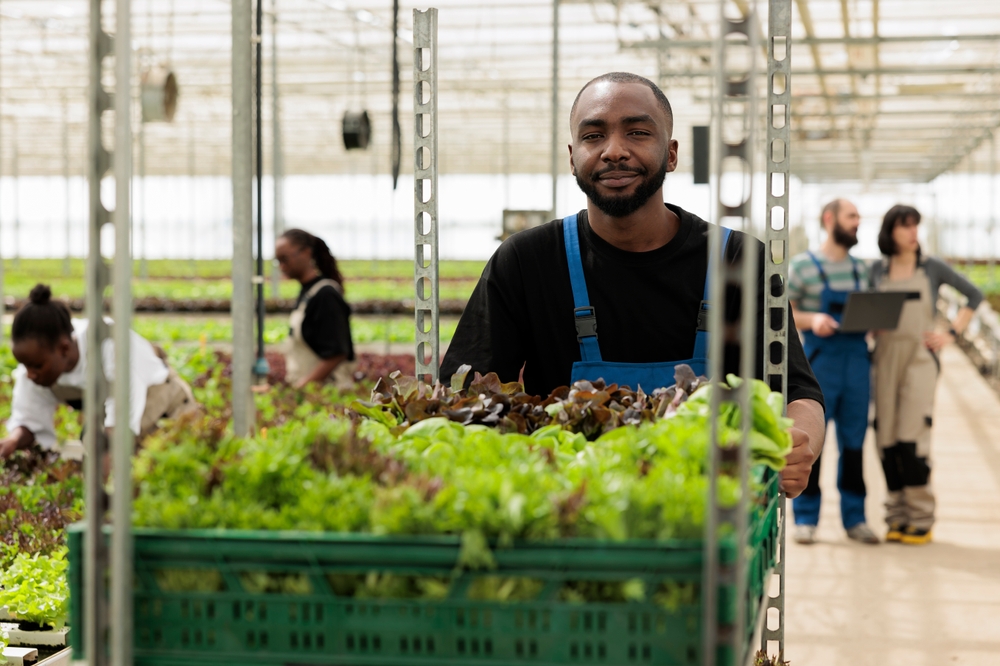
Image source: shutterstock.com
Shoppers reach for products stamped with promises that feel reassuring. Labels claiming items are sustainably sourced signal responsibility and ethics, but those signals are fading. Conflicting standards, vague definitions, and repeated scandals push consumers to question what these words actually mean. Trust erodes when the promise sounds clear but the proof stays hidden. And the confusion around sustainably sourced labels only grows as companies stretch the term in ways few shoppers expect.
1. The Term Means Everything and Nothing
Sustainably sourced labels rely on language that sounds definitive but rarely offers a measurable standard. Many packages display the phrase without explaining which practices made the product sustainable. Some companies lean on it as a general feel-good claim that hides more than it reveals. The result is a label that appears authoritative while giving consumers no real understanding of the supply chain behind it.
This lack of clarity fuels more skepticism each year. When the same phrase applies to seafood, chocolate, paper towels, and supplements—each with wildly different environmental impacts—its value weakens. And as sustainably sourced labels spread across shelves, the meaning dissolves further, making authenticity difficult to verify.
2. Oversight Falls Short
Regulators leave wide gaps that companies use to their advantage. Many sustainably sourced labels rely on voluntary reporting, which means brands can confirm their own compliance with minimal external checks. Independent audits exist, but they vary in rigor and consistency, and some only review paperwork rather than the actual supply chain conditions.
Shoppers assume oversight is strict. It isn’t. Without consistent enforcement, labels drift into a gray zone where technical compliance matters more than genuine environmental responsibility. As investigations surface inconsistencies, consumers who once trusted these labels now question whether they were ever grounded in reliable evidence.
3. Brands Stretch Claims Beyond Reality
Marketing teams know the power of a clean, reassuring label. Some use sustainably sourced labels even when only part of a product meets that standard. A single ingredient sourced responsibly becomes a license to market the entire package as sustainable. This partial truth misleads shoppers who assume the certification covers every component.
It creates a loophole big enough for almost any company to slip through. As consumers learn how often this happens, confidence drops. Every exaggerated claim chips away at the credibility of the phrase, and sustainably sourced labels start to feel like a marketing shield rather than a meaningful promise.
4. Certification Logos Carry Their Own Problems
Certification programs were meant to give retailers and shoppers something dependable. But many of those programs rely on fractured standards or financial relationships with the same companies they evaluate. Some certifications allow members to pay for audits or renewals, which blurs the line between oversight and customer service.
The result is a crowded landscape of logos with drastically different standards. Some demand rigorous traceability. Others approve companies with minimal verification. Consumers see these differences playing out on the same shelf, often with no explanation. For people looking for clarity, sustainably sourced labels become another maze rather than a guide.
5. Supply Chains Are Too Complex for Simple Labels
Modern supply chains stretch across continents. Products pass through layers of distributors, processors, and subcontractors before reaching a store. A single claim on a package can’t capture that complexity. When companies present sustainability as a simple certification, they hide the messy reality behind it.
And consumers sense that gap. They see headlines about deforestation, worker exploitation, and resource depletion linked to major brands advertised as sustainable. That contrast sparks doubt. Even companies acting in good faith struggle to guarantee that every step meets the standards they promote. The label stays simple. The truth doesn’t.
The Growing Demand for Real Transparency
Shoppers want more than a phrase on a box. They want evidence. Real transparency replaces vague assurances with clear details about sourcing, oversight, and environmental impact. When companies release verifiable data, consumers can evaluate claims instead of relying on marketing language. And sustainably sourced labels only regain value when they reflect practices that can withstand scrutiny.
The path forward requires companies to explain how they define sustainability, show how they measure it, and open their supply chains to independent review. Without that openness, trust will keep slipping, and consumers will continue questioning whether sustainably sourced labels mean anything at all. What changes would help you trust these labels again?
What to Read Next…
- Grocery Chains Sued for Mislabeling: How Trustworthy Are Your Food Labels?
- 10 Ways Organic Labels Can Be Misleading at the Grocery Store
- Why Organic Products Are Cheaper Than You Think If You Shop This Way
- Why Some Grocery Chains Repackage Expired Meat Without Telling You
- The Truth About Cage Free, Grass Fed, and Other Food Labels
